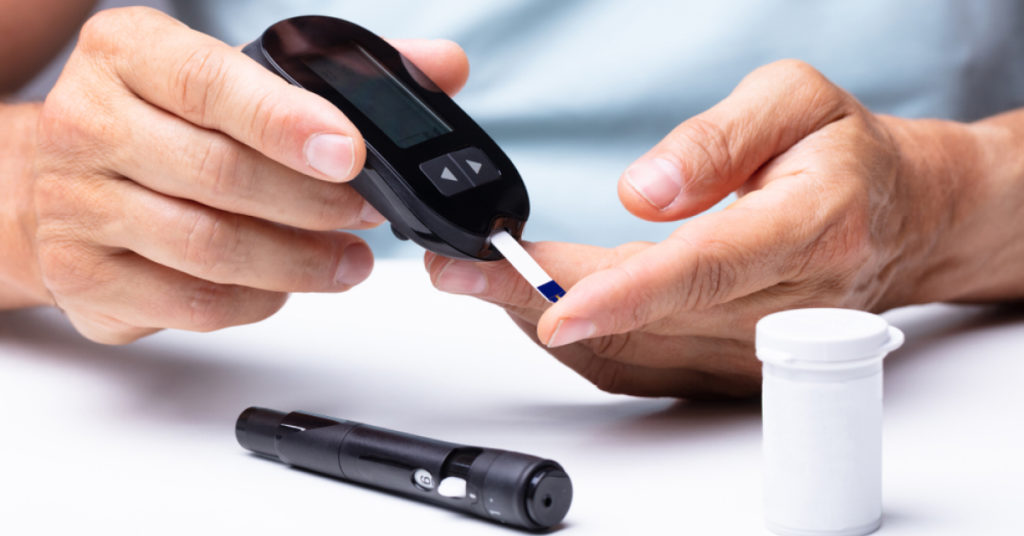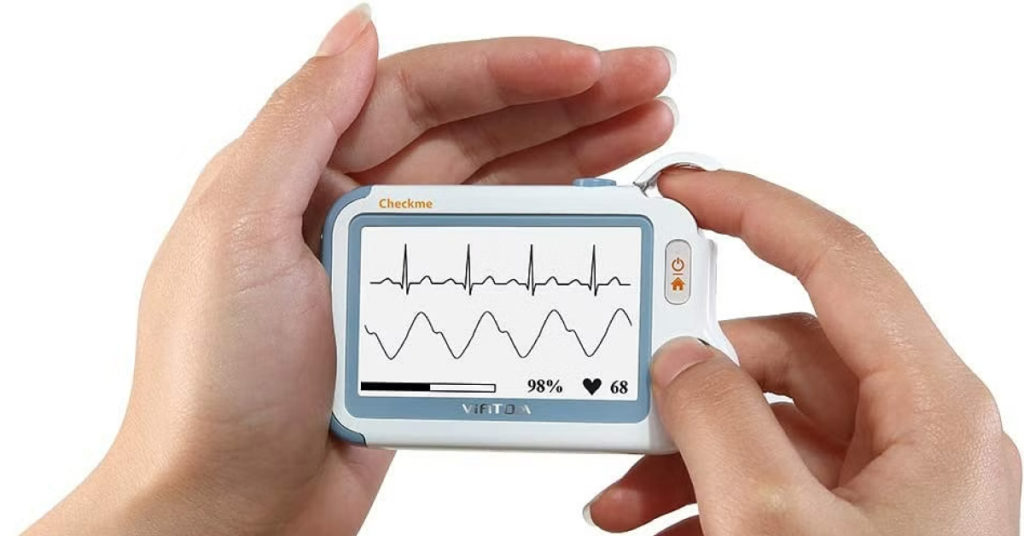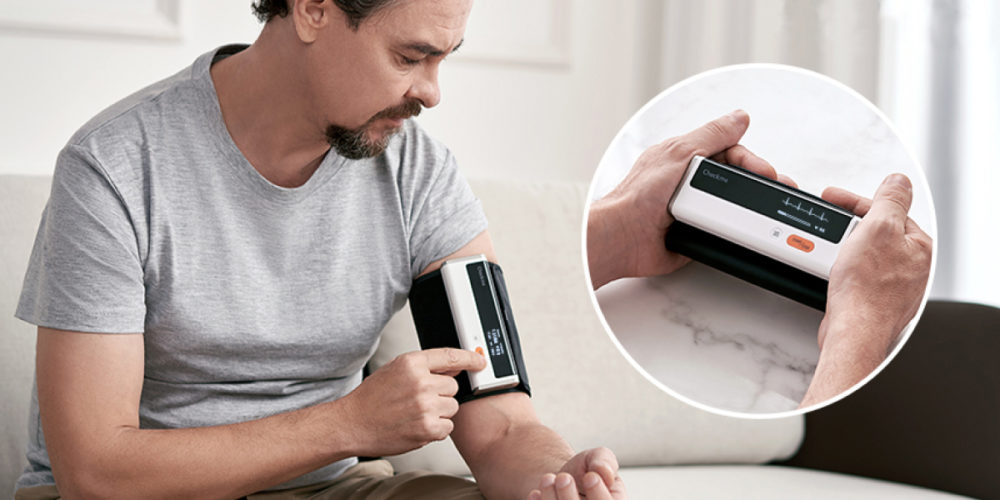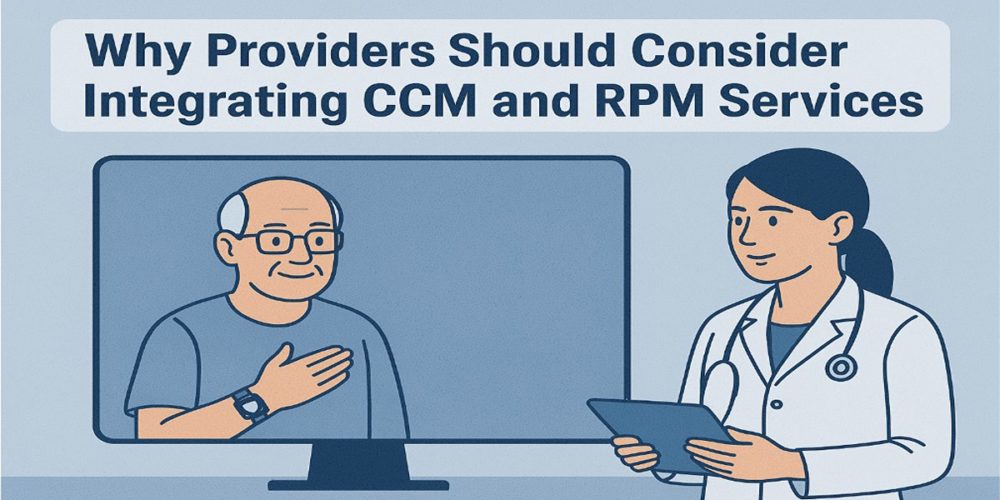Remote patient monitoring (RPM) is a way of using technology to track your health and medical data and share it with your healthcare provider. RPM can help you manage your condition, improve your outcomes, and reduce your costs. This blog explains what RPM is and provides a step by step guide to get started.
What is remote patient monitoring?
RPM involves the use of connected electronic devices that measure and record your vital signs, such as blood pressure, heart rate, blood glucose, oxygen saturation, weight, and more. These devices can be wearable, such as smartwatches or continuous glucose monitors, or non-wearable, such as blood pressure cuffs or pulse oximeters. The devices can send your data to a secure platform that your provider can access and review. Your provider can also communicate with you through the platform, such as sending you alerts, reminders, feedback, or education.
What are the benefits of remote patient monitoring?
RPM has many benefits for patients, providers, payers, and the healthcare system as a whole. Some of these benefits include:
- Improves data-driven clinical decision making: RPM gives your provider more insight into your health status and how it changes over time. This allows your provider to identify trends, adjust your treatment plan, and intervene early if needed.
- Helps you improve self-management and care plan adherence: RPM provides you with tools and support to manage your condition at home. You can monitor your own progress, follow your care plan instructions, and receive feedback and education from your provider.
- Reduces cost of care: RPM can help you avoid unnecessary hospitalizations, emergency room visits, or clinic appointments. It can also shorten your length of stay if you are discharged with a remote monitoring device. RPM can lower the cost of care for you and your payer by moving appropriate levels of care to the home setting.
- Boosts net patient revenue: RPM can increase your satisfaction and loyalty to your provider by improving your access to care and outcomes. It can also provide opportunities for reimbursement from payers who recognize the value of RPM.

How does remote patient monitoring work?
RPM works by following these steps:
- Your provider prescribes you a remote monitoring device that is suitable for your condition and needs. For example, if you have diabetes, you may get a blood glucose meter; if you have hypertension, you may get a blood pressure monitor; if you have COVID-19, you may get a pulse oximeter.
- You receive the device from your provider or a third-party vendor. The device may come with instructions on how to set it up, use it, and troubleshoot it. You may also get access to a mobile app or a web portal that connects to the device and allows you to view your data and communicate with your provider.
- You use the device as instructed by your provider. You may need to use it daily, weekly, or as needed depending on your condition and goals. You may also need to answer some questions or complete some tasks on the app or portal.
- The device sends your data to the platform that your provider can access and review. The platform may use algorithms or artificial intelligence to analyze your data and alert your provider if there are any issues or concerns.
- Your provider monitors your data and provides feedback and guidance through the platform. Your provider may also adjust your medication dosage, order tests, schedule appointments, or refer you to other services based on your data.
- You continue to use the device and follow your care plan until you achieve your desired outcomes or until your provider discontinues the service.
How can you get started with remote patient monitoring?
If you are interested in RPM, you can talk to your provider about it and see if they offer it or can refer you to someone who does. You can also do some research online to find out more about RPM devices and platforms that are available for different conditions.
Some questions you may want to ask before starting RPM are:
- What are the goals and expectations of RPM for me?
- What device will I use and how will I get it?
- How often do I need to use the device and for how long?
- How will I access my data and communicate with my provider?
- What are the potential risks or challenges of using RPM?
- How will my privacy and security be protected?

What are some examples of remote patient monitoring?
RPM can be used for a variety of conditions and symptoms, depending on your needs and goals. Here are some examples of RPM for specialties:
- Cardiology: RPM can help manage heart conditions like hypertension and heart failure by monitoring indicators like blood pressure and heart rate. RPM can also help your provider adjust your medication dosage, order tests, or schedule appointments based on your data.
- Pulmonology: RPM can help manage respiratory conditions like COPD and asthma by monitoring indicators like oxygen saturation and lung function. RPM can also help your provider prescribe inhalers, oxygen therapy, or other treatments based on your data.
- Endocrinology: RPM can help manage endocrine conditions by monitoring indicators like blood glucose and thyroid hormones. It can help providers adjust insulin dosage, recommend dietary changes or refer to a nutritionist
These are just some examples of RPM applications. There may be other conditions or symptoms that can benefit from RPM as well. To find out if RPM is suitable for you and what device you will need, consult your physician.
Conclusion
Remote patient monitoring (RPM) uses technology to track and share health data with providers. RPM can help you improve your outcomes, reduce your costs, and enhance your communication with your provider. If interested in RPM, talk to your provider about it and see if they offer or refer you to someone who does. You can also do some research online to find out more about RPM devices and platforms available.



